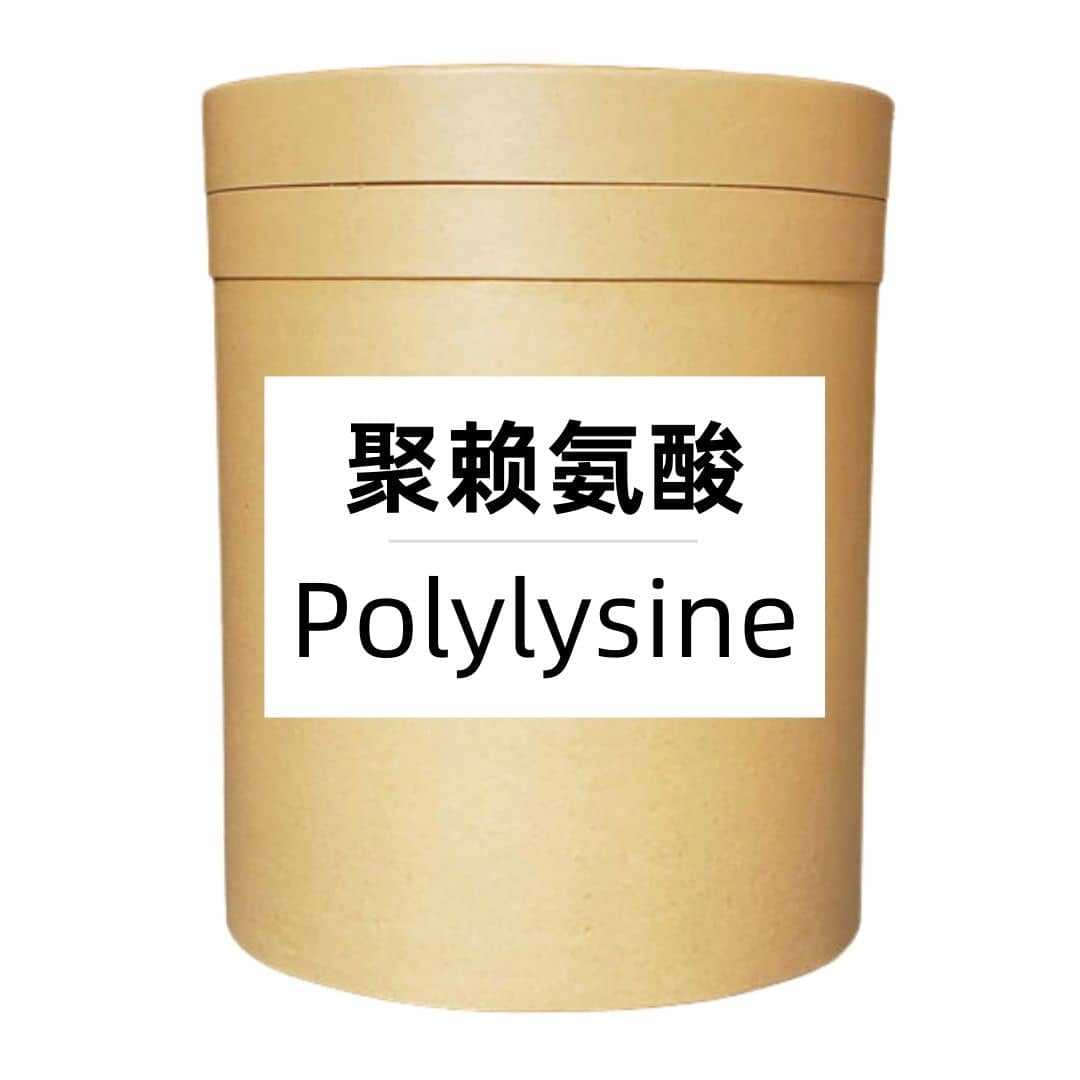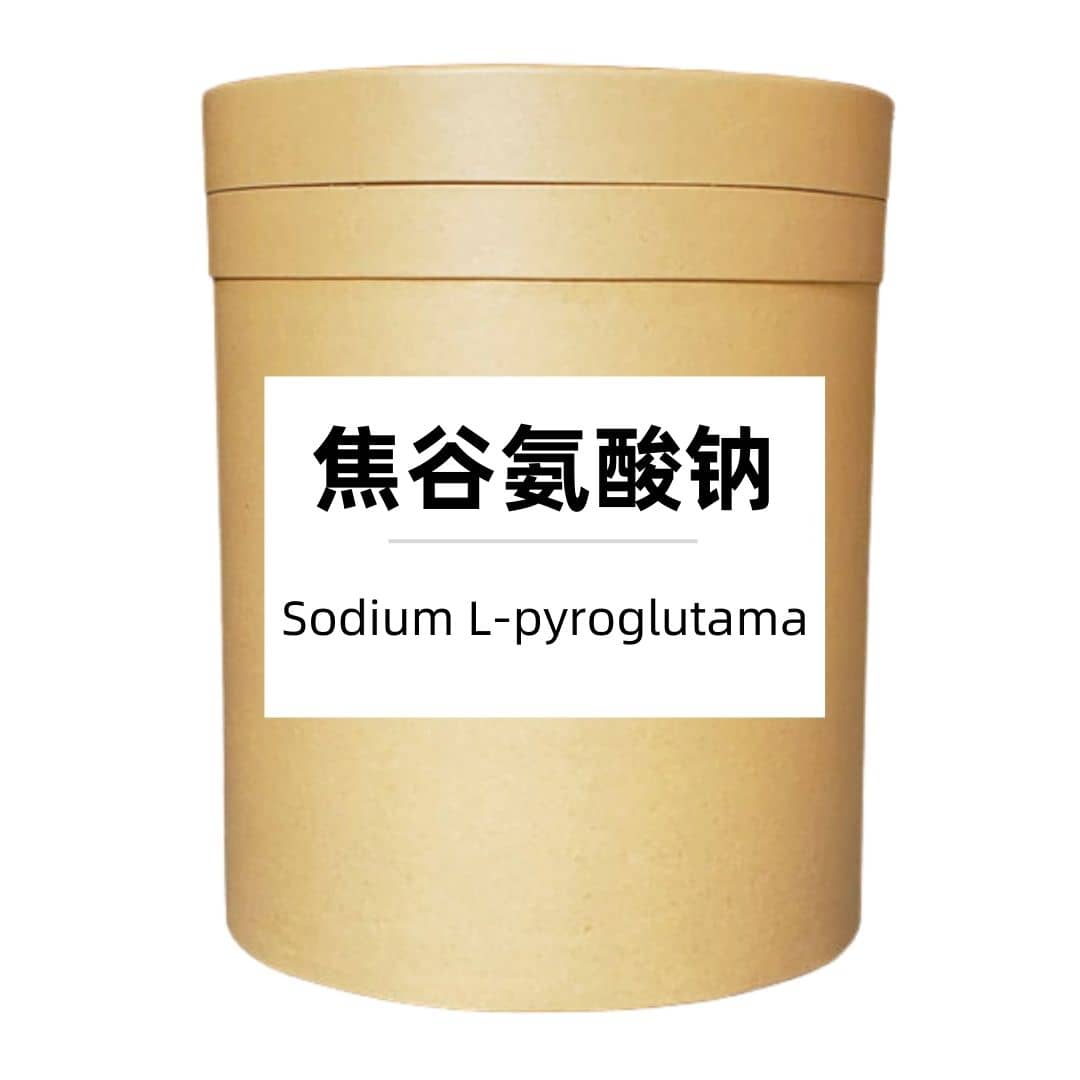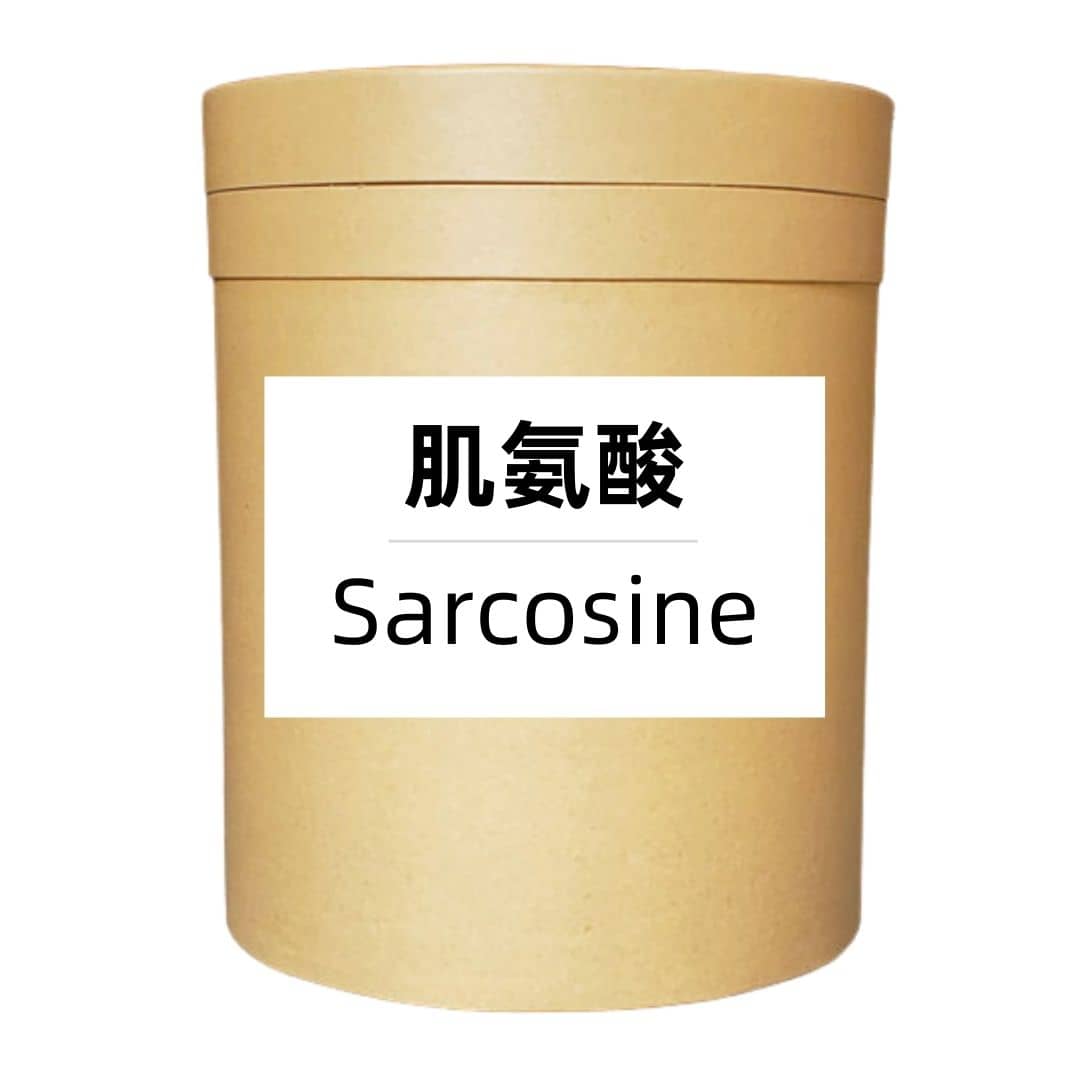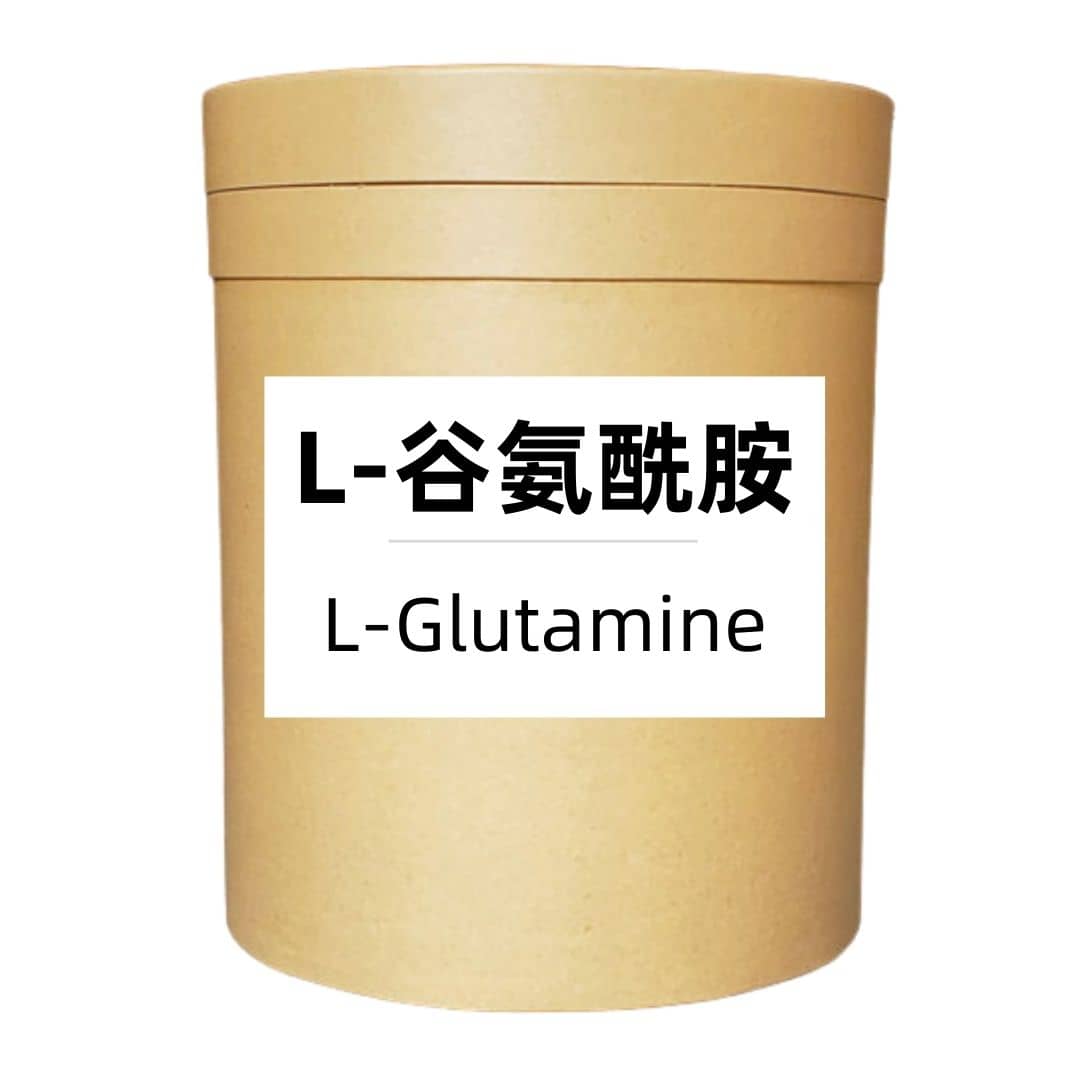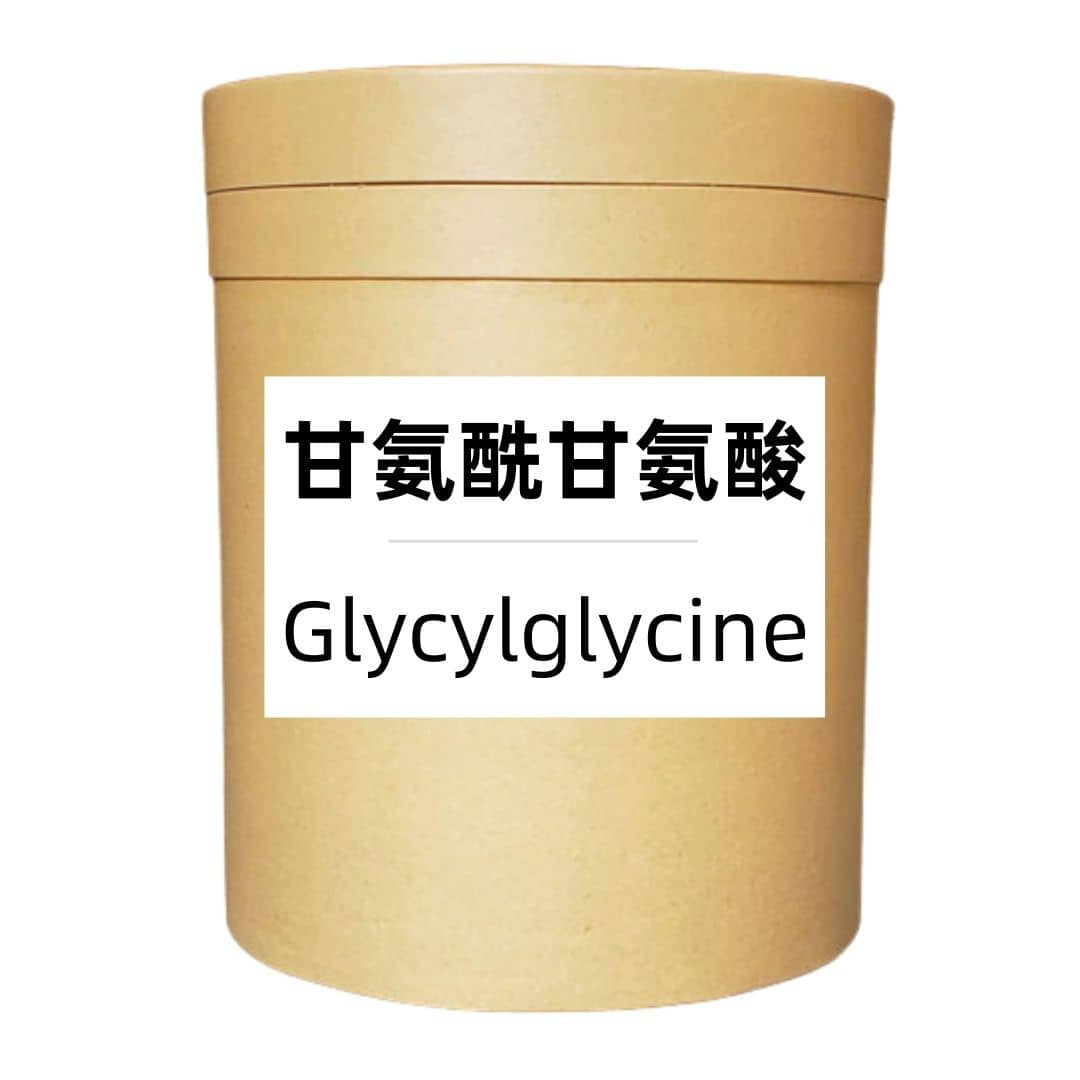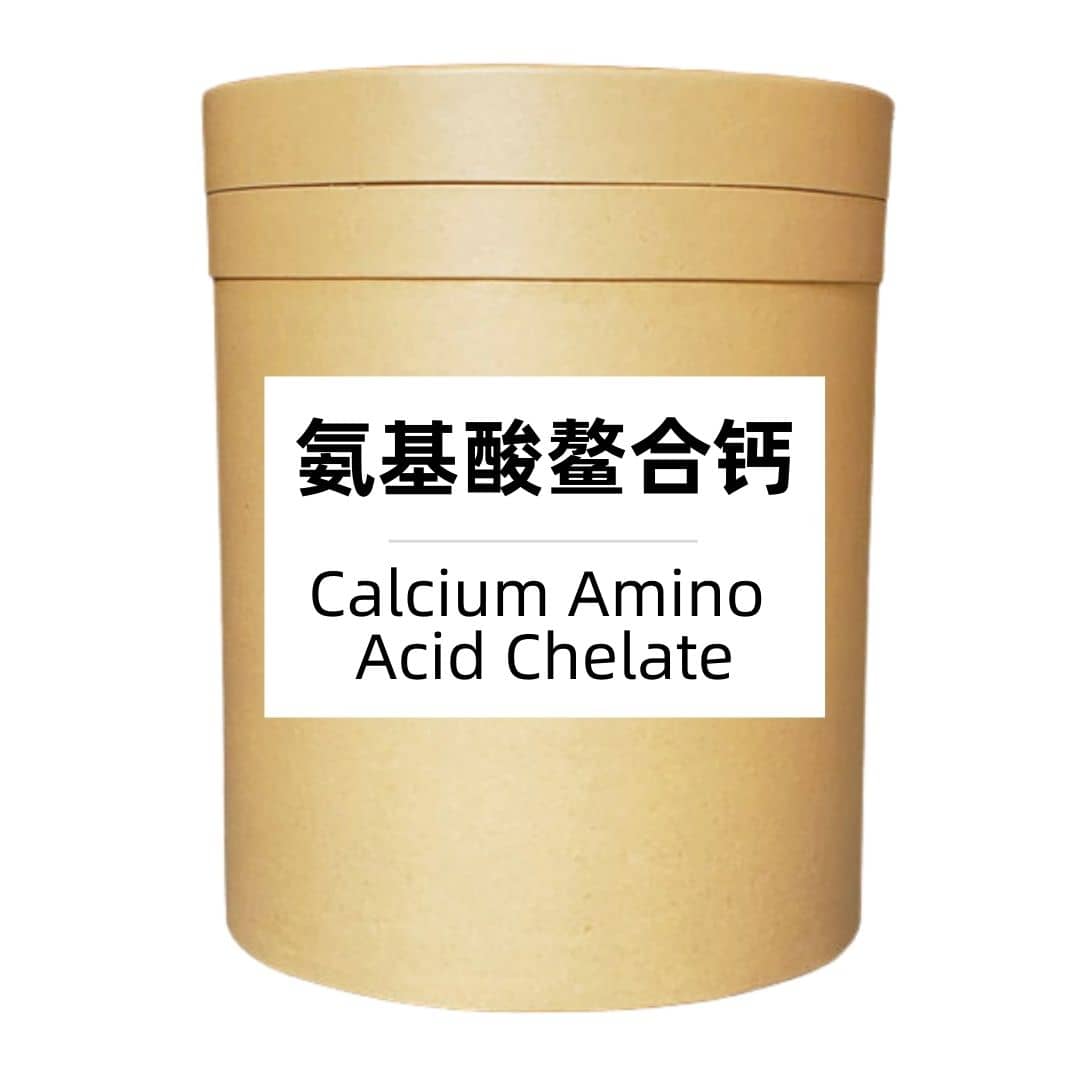Product Introduction
Polyaspartic acid is an amino acid derivative, known for its unique properties that make it useful across various industries. This polymer is produced through the polycondensation of aspartic acid, leading to a versatile product used in many applications.
Production Process
The production of polyaspartic acid typically involves the polymerization of L-aspartic acid through a controlled process. This method results in a high purity product, which can then be processed into different forms, such as powders or granules, depending on end-use requirements. The process can be fine-tuned to achieve specific molecular weights and characteristics needed for various applications.
Effects and Functions
Polyaspartic acid exhibits several beneficial effects. It acts as a super absorbent, has excellent moisture retention properties, and encourages nutrient uptake in plants. Additionally, it provides a biodegradable alternative to other synthetic polymers, showing promise in reducing environmental impact. Its non-toxic nature makes it an appealing choice for use in cosmetics and skin care products.
Application Scenarios
Polyaspartic acid finds use in multiple fields. In agriculture, it enhances soil moisture retention and supports plant growth. In the cosmetic industry, it serves as a moisturizing agent, improving skin hydration. Its applications extend to industrial uses where it can function as a dispersant or stabilizer in various formulations, highlighting its versatility.
Packaging and Storage
Storage Conditions: The product should be sealed, protected from light, kept away from high temperatures, and stored in a dry, cool, and well-ventilated place.
Packaging: It is available in bulk packaging of 25 kg per fiber drum and in sample sizes of 1 kg per aluminum foil bag. Custom packaging options can be accommodated upon request.
Shipping Methods: The product can be shipped through FedEx, DHL, dedicated logistics, and sea freight consolidation to ensure timely delivery.
Shelf Life: The product has a shelf life of two years under proper storage conditions.
Monica Sun possesses extensive technical expertise and market insights in the food additives industry. She excels in designing efficient and safe additive formulations tailored to various food applications, ranging from sweeteners to functional dietary fibers. Monica has successfully assisted food manufacturers in optimizing ingredient combinations to enhance product quality and improve consumer satisfaction.









